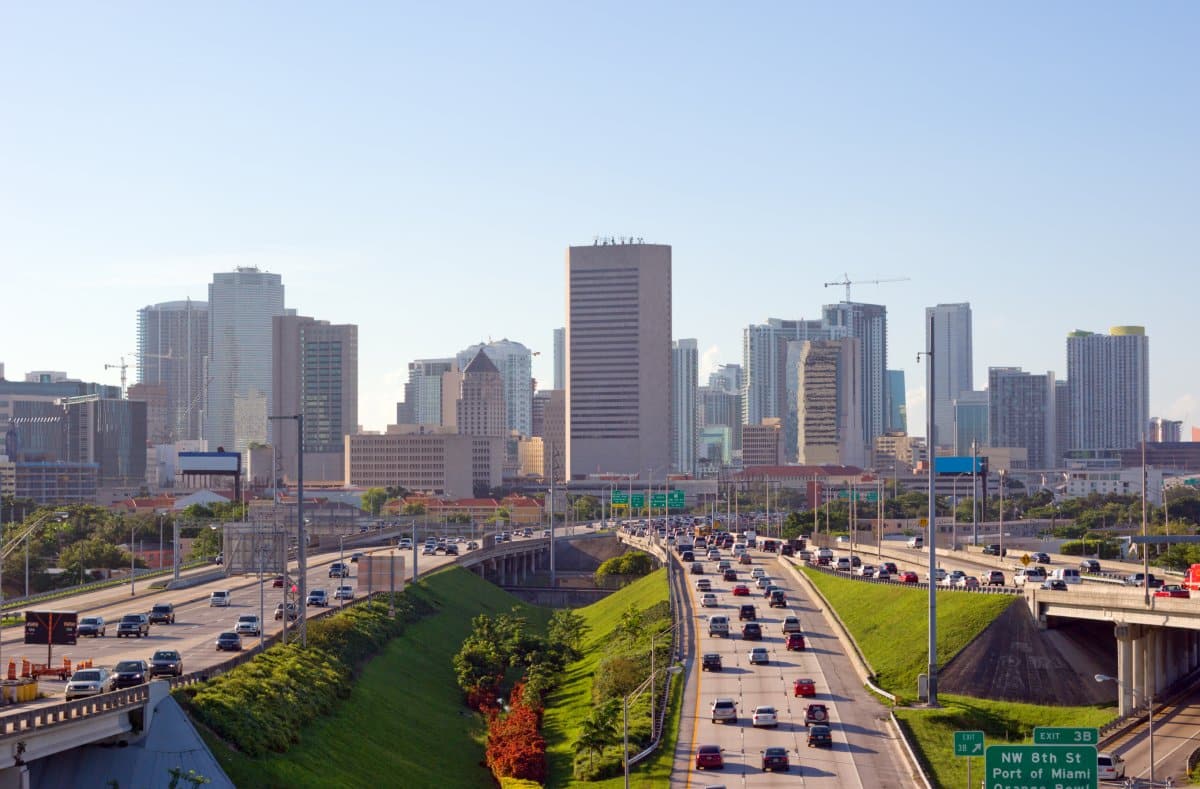New York City has always been a hub of activity, but that energy comes with a well-known level of traffic. Recently, the city has proposed a congestion pricing plan to manage this problem, then paused it. Let’s explore the potential benefits and consequences of the system to better prepare you for the future of the Big Apple.
What is Congestion Pricing

Congestion pricing is a system where drivers pay a fee to enter high-traffic areas during peak times. The goal is to reduce traffic, improve air quality, and generate revenue for improving public transportation.
The Plan for New York City

NYC’s newly proposed congestion pricing plan targets the busiest parts of Manhattan. This system plans to charge drivers $15 per day and trucks up to $36 to enter certain zones.
Raising Funds for Public Transportation
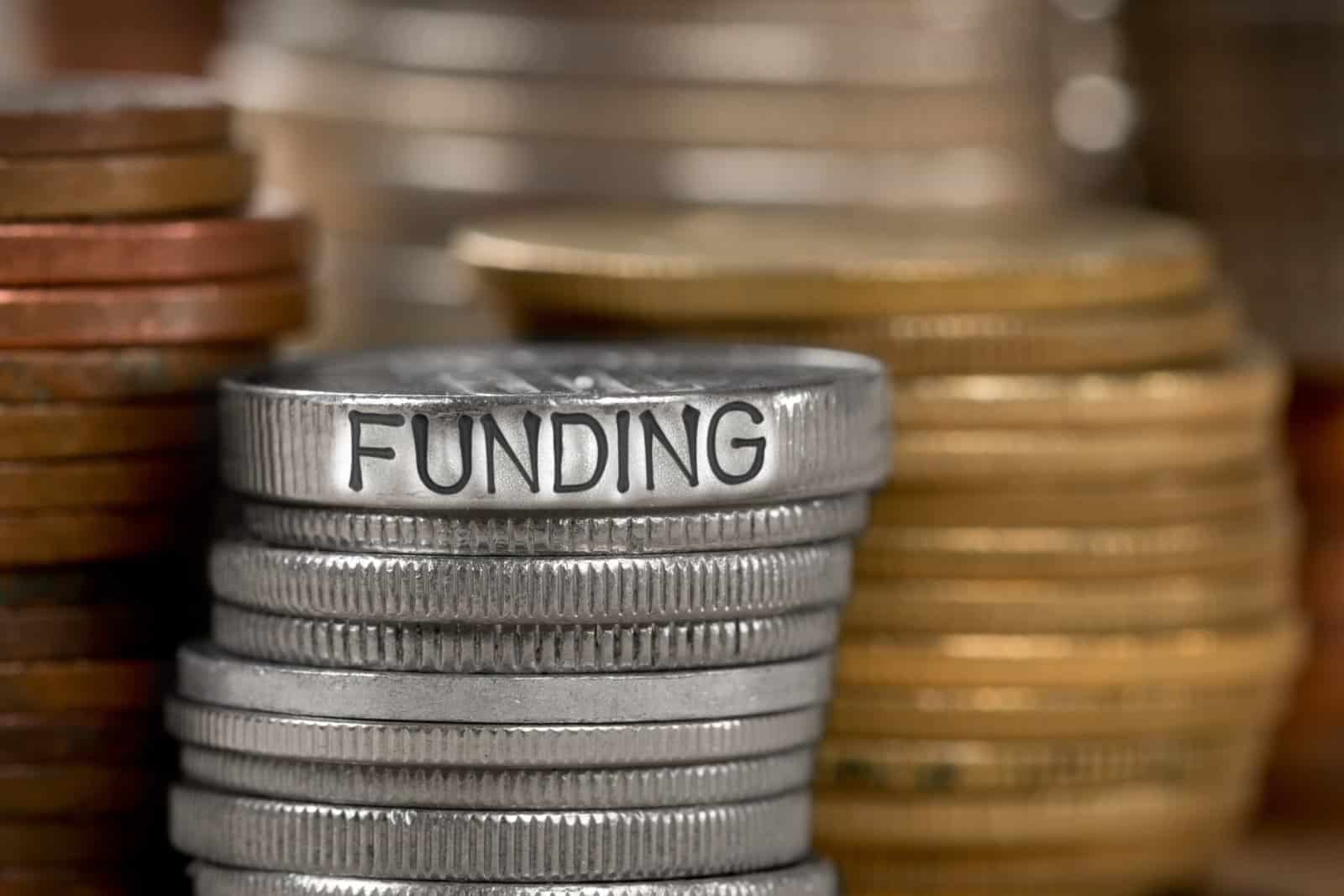
As of now, the funds raised from the congestion pricing are planned to go towards upgrading the public transit. By improving the subway and bus systems, this plan could encourage more people to use available public transportation.
Governor Pauses Plan
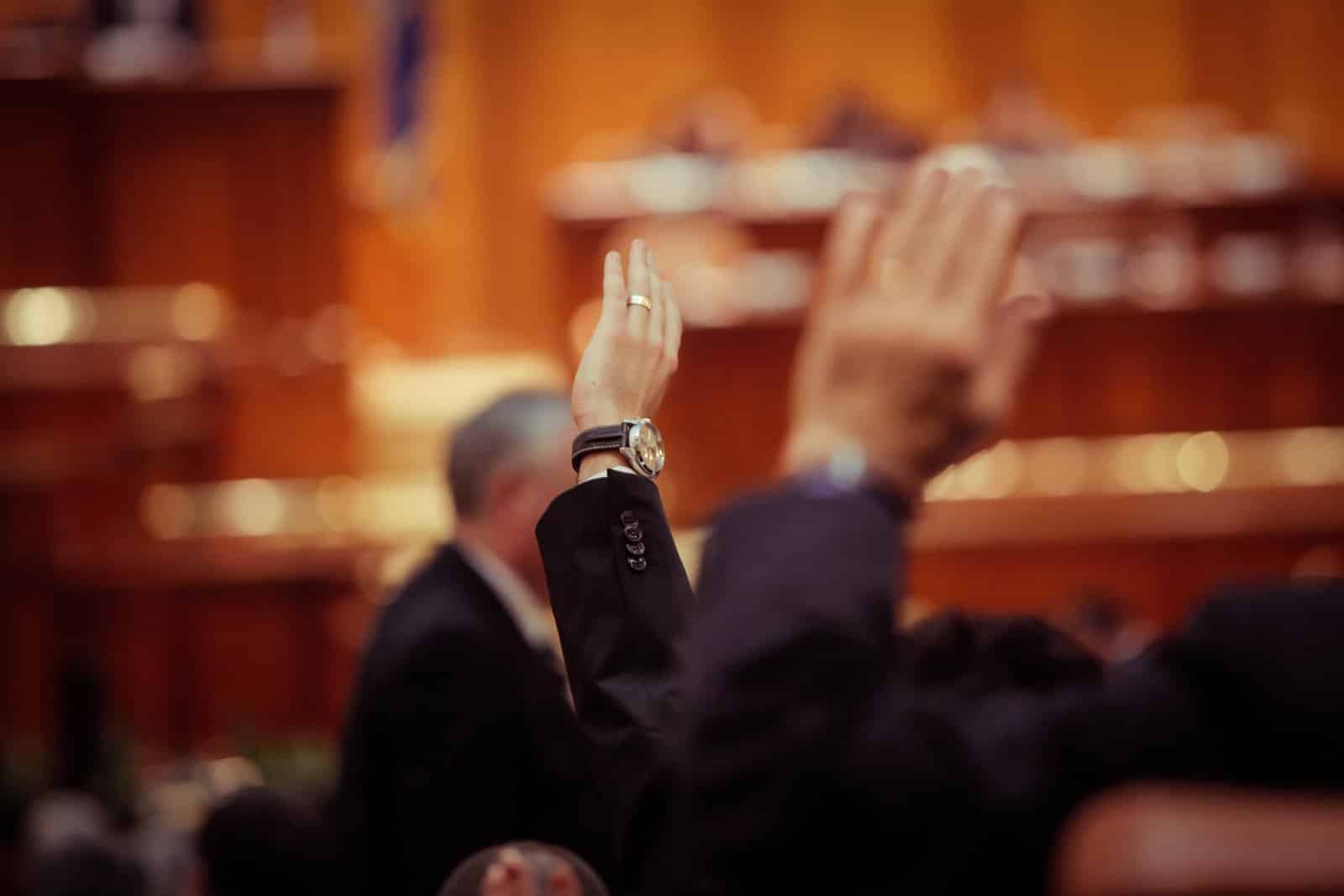
Recently, Governor Kathy Hochul decided to temporarily postpone the plan. Hochul cited economic instability in New York as the primary reason, claiming that pushback from businesses and residents drove her decision.
Impact on Visitors

The plan would cost tourists driving into specific parts of the city more money. However, they could also benefit from less traffic and easier navigation into Manhattan.
Effect on Native New Yorkers
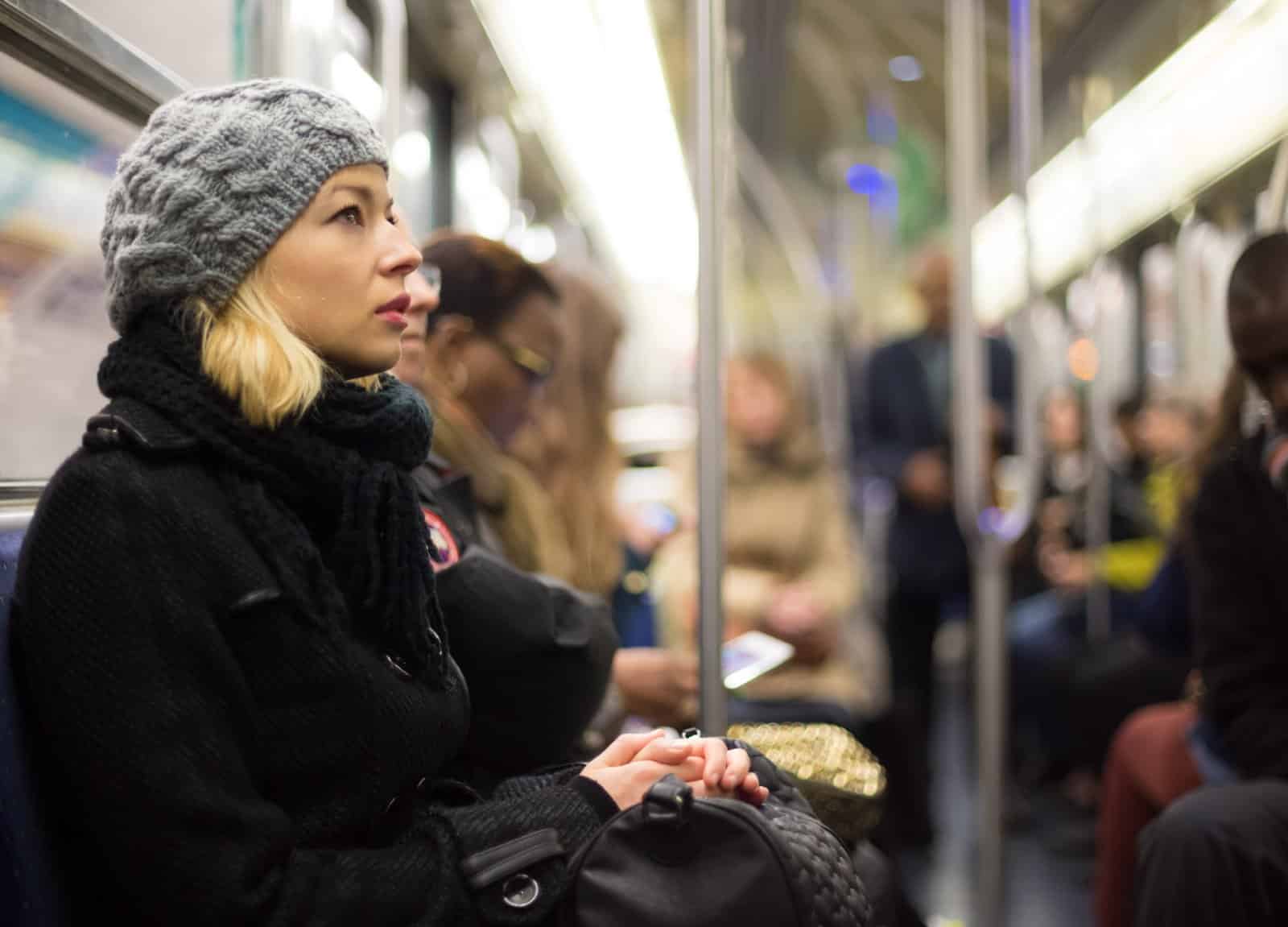
For locals who regularly drive into the congestion zones, the plan could be expensive. But it could also encourage more people to use public transportation, potentially easing the long-term traffic congestion in the city.
Lower Impact on Ride Share and Taxis
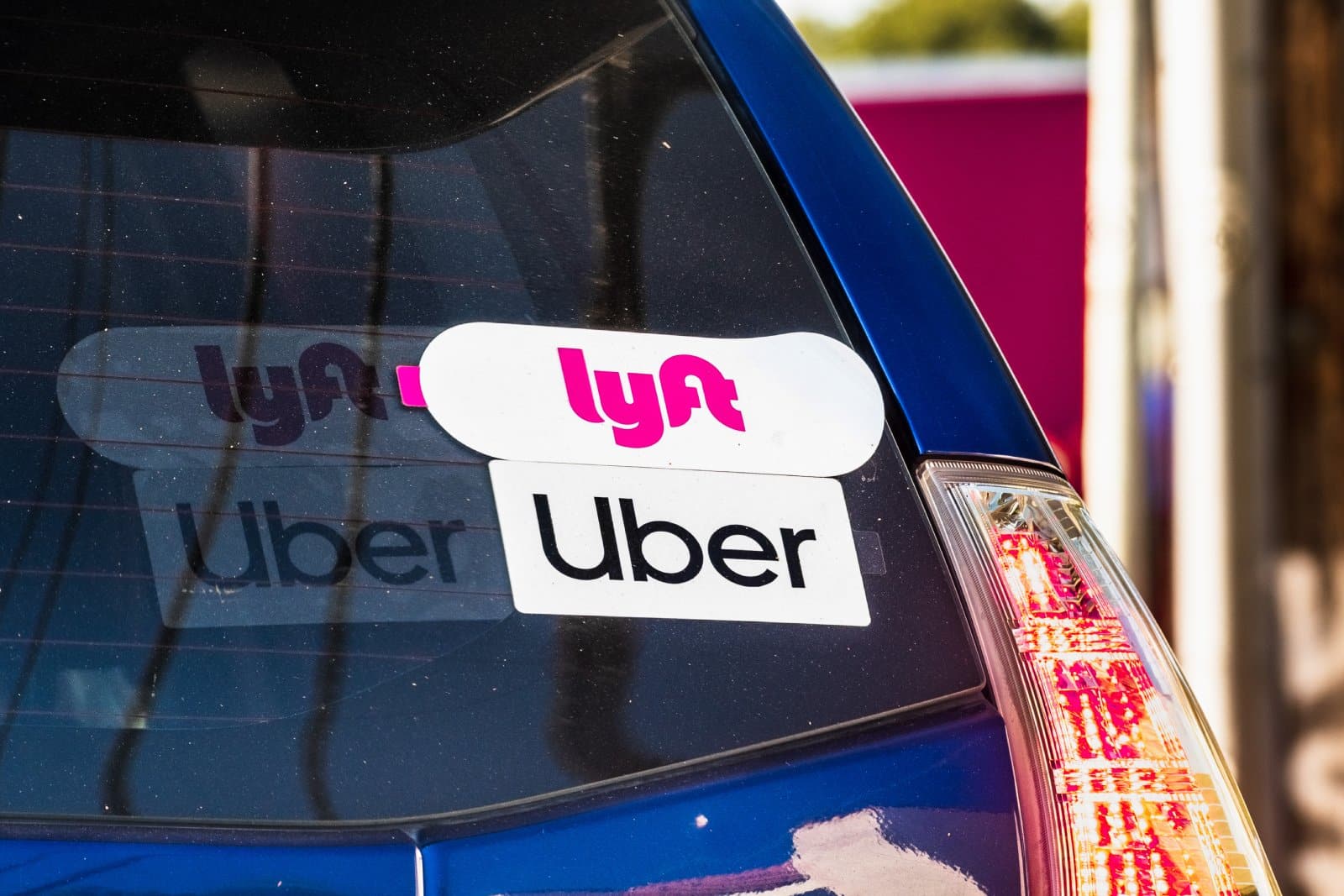
The congestion pricing would impact any driver in certain areas, but the surcharge is lower for taxi, Uber, and Lyft riders. Taxi fares will increase by $1.25 and ride share prices will rise by $2.50. Despite this, Uber publicly supports the other benefits, like less traffic and lower travel times.
Current State of New York
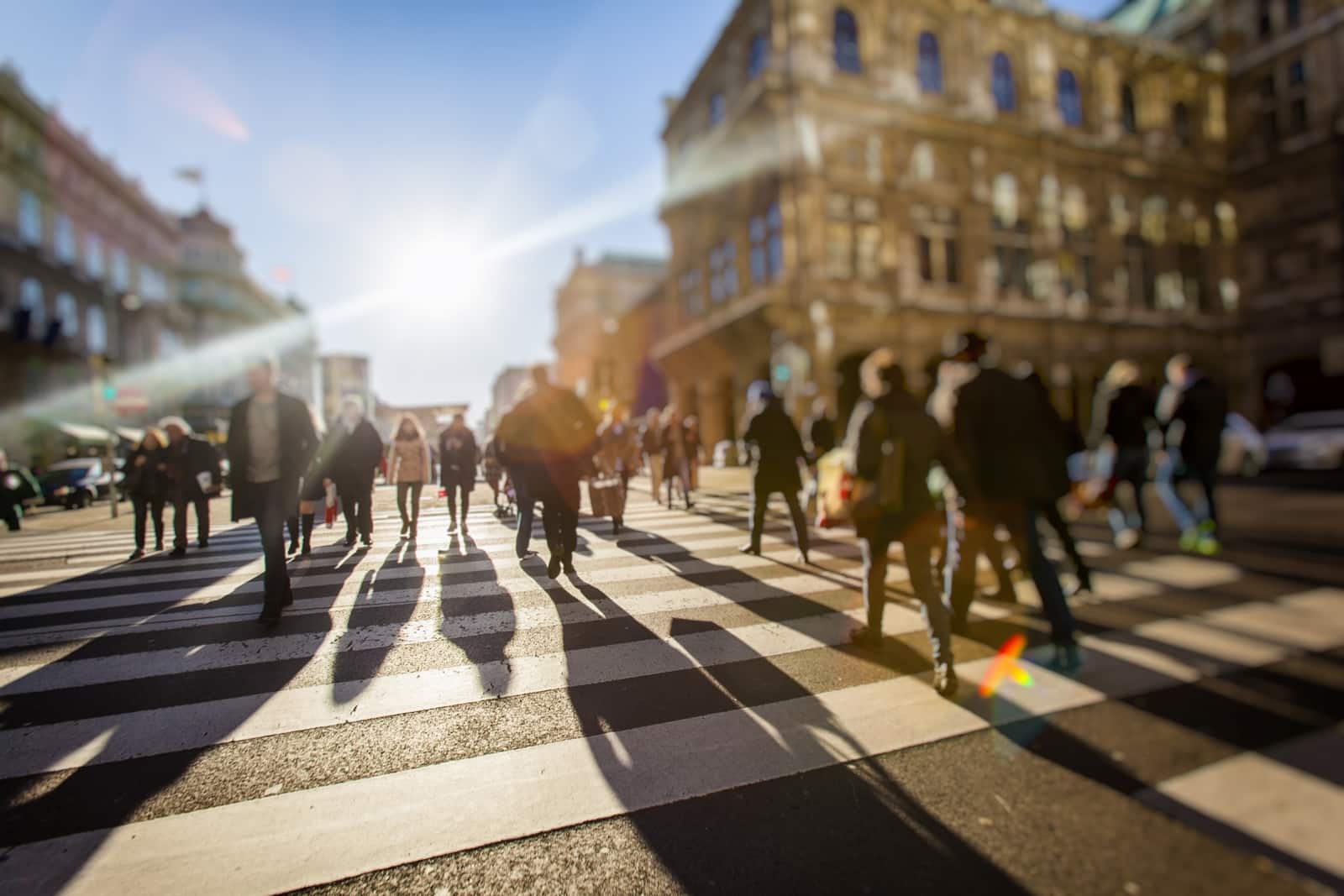
The economic state of many New Yorkers is still unsteady. Tourism and businesses are struggling to rebound to their pre-pandemic states. Many people have found themselves in lower-income jobs, making additional driving fees a potential hardship.
Who Will Feel the Impact the Most?
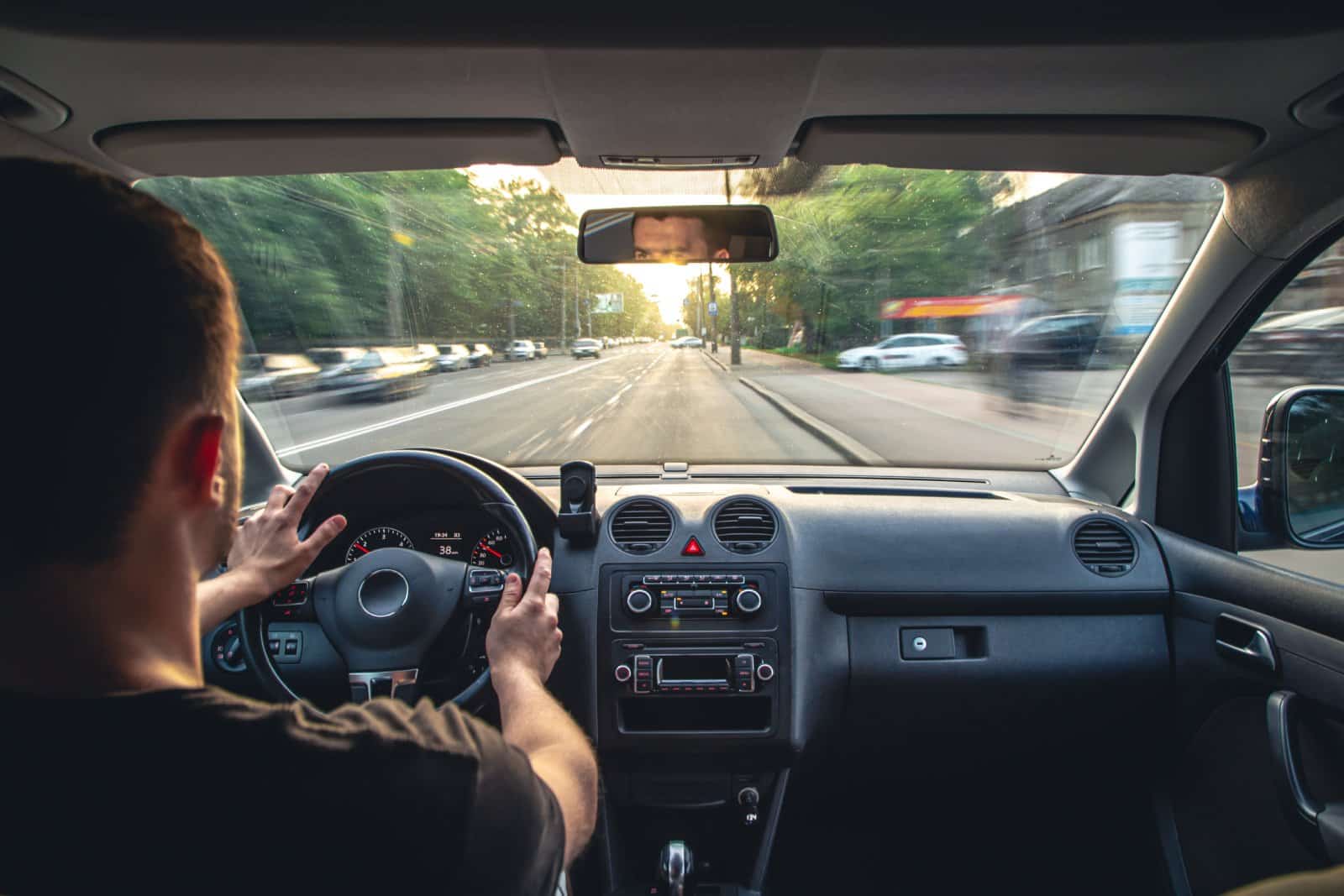
Hochul argued that low-income drivers, commuters, and small business owners who rely on their vehicles might be hit the hardest. However, advocates argue that most of the lower-income commuters are not driving into Manhattan anyway and there are discounts and exemptions already built into the system.
Mixed Opinions in New Jersey

New Jersey’s governor was one of the plan’s largest critics. However, those in favor of the plan argued that this indefinite pause would hurt the majority of commuters, who take public transportation and want to see improvements made.
Benefits of the Plan

Reduced traffic, cleaner air, and funding for public transportation are the primary benefits. The plan aims to create a more efficient and environmentally friendly city.
Potential Downsides
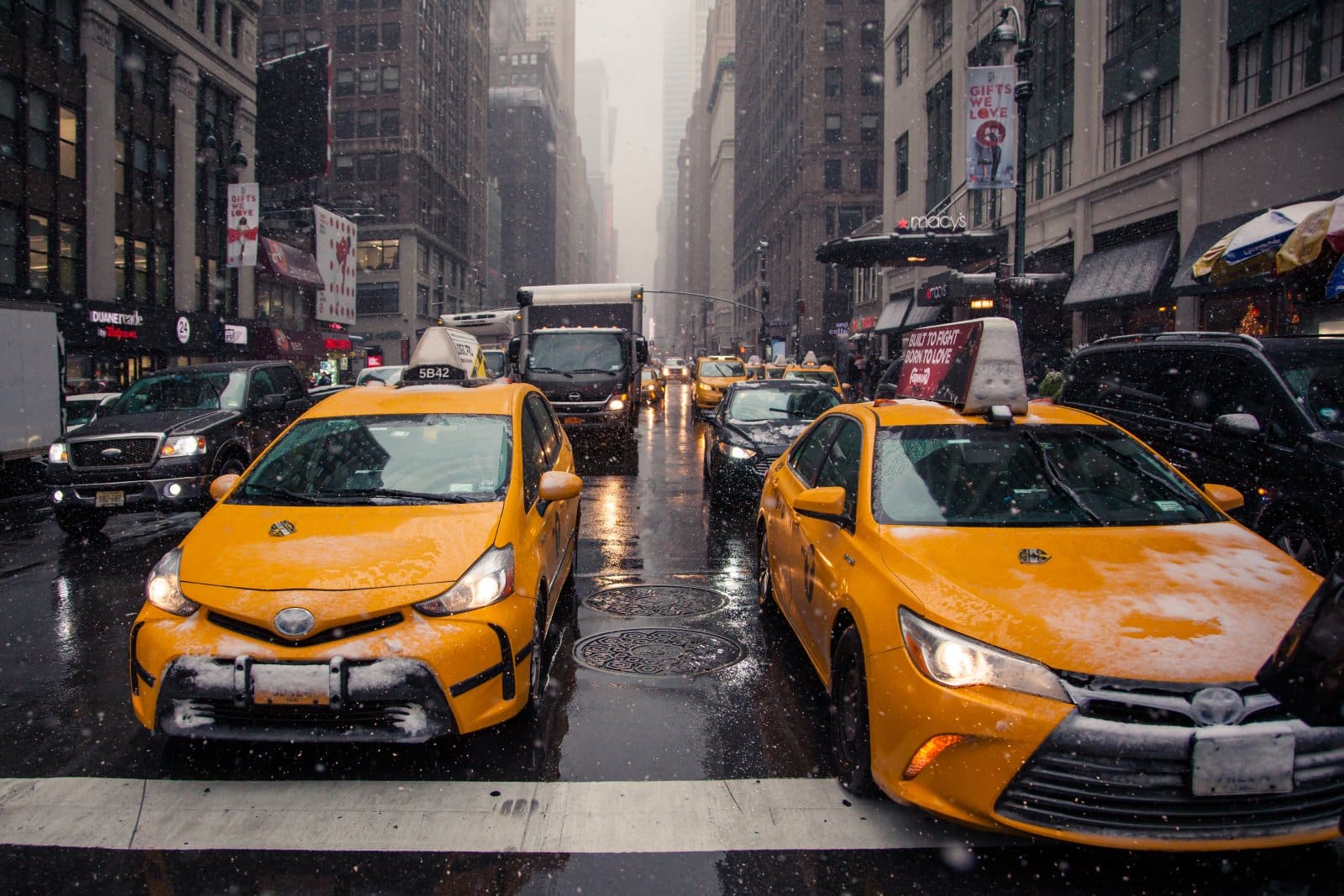
The increased costs for drivers are the most direct consequence of the plan. However, the system also has the potential to direct traffic to non-charged areas and create financial strain for those who depend on driving.
A Win for the Environment

By discouraging driving, the plan could significantly reduce generation emissions and improve air quality. As the streets become less car-focused, the potential for Manhattan could be great.
Economic Implications

There are mixed views on the economic impact of this decision. While the plan could benefit the city’s economy by improving transit and reducing congestion, there is real concern for businesses in the charged zones who worry about potential customers avoiding the fees.
Changing Traffic Patterns

If successful, the plan could reduce congestion in New York’s busiest areas. This could make travel quicker and more predictable for those who need to drive.
Public Opinion

Reactions to the plan have been mixed. Some support its environmental impacts and potential public transportation improvements, while others are concerned about the financial impacts.
Legal Hurdles

Legal challenges to the proposed plan have been a barrier. Some groups are arguing that the plan unfairly targets certain communities and businesses.
What Happens Now?

The largest problem seems to be the need to raise money in order to fix the public transit systems that so many people rely on. If they don’t revisit this plan, the governor will need to find another way to satisfy the people demanding improved solutions.
Alternative Solutions

Some have suggested focusing on improving public transportation infrastructure first, although the funds would still need to be raised. Another proposed solution is to offer incentives for using public transit.
Examples from Other Cities
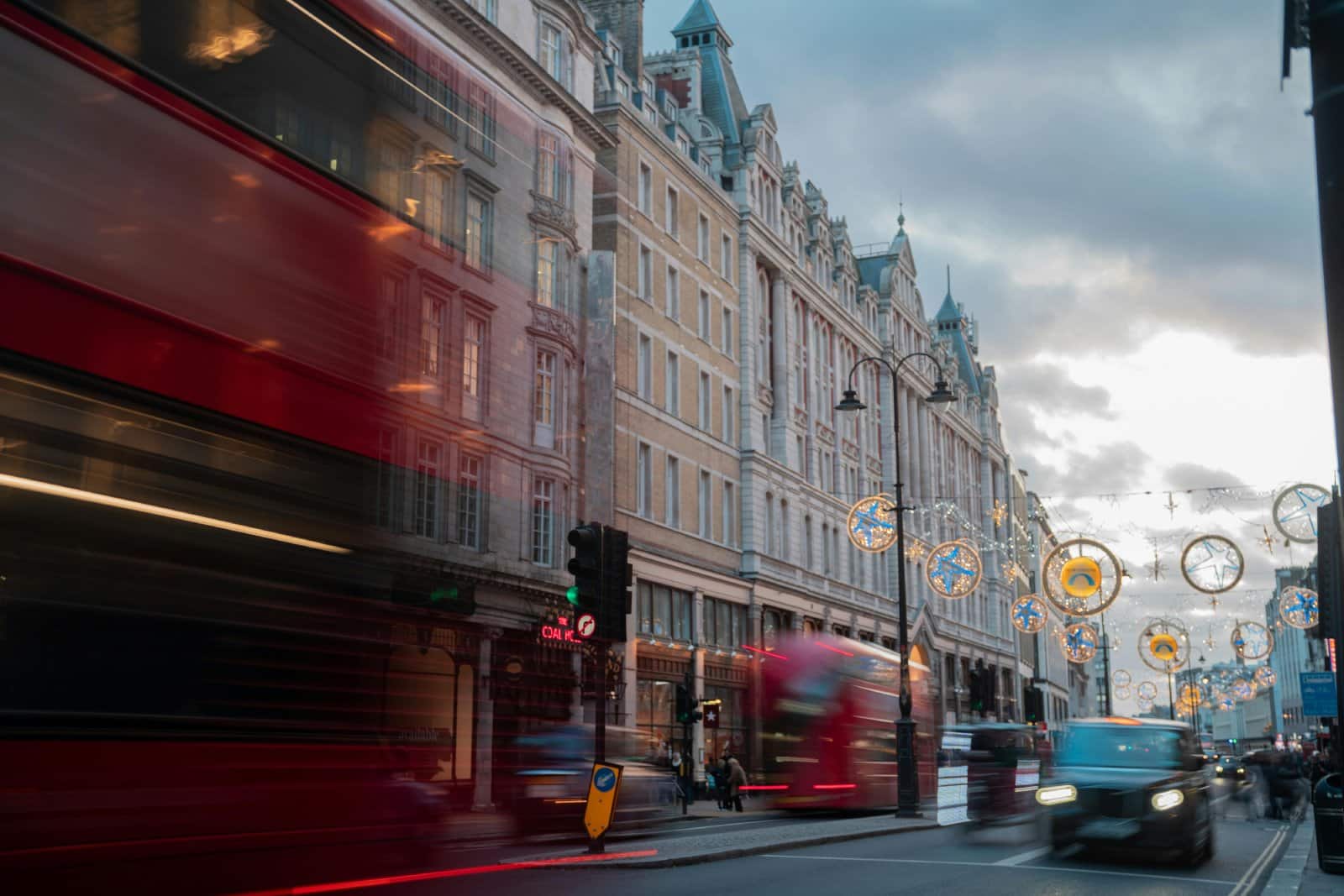
Cities like London and Singapore have successfully implemented congested pricing, resulting in reduced traffic and revenue for public transport improvements. NYC’s goal was to achieve similar results.
An Uncertain Future
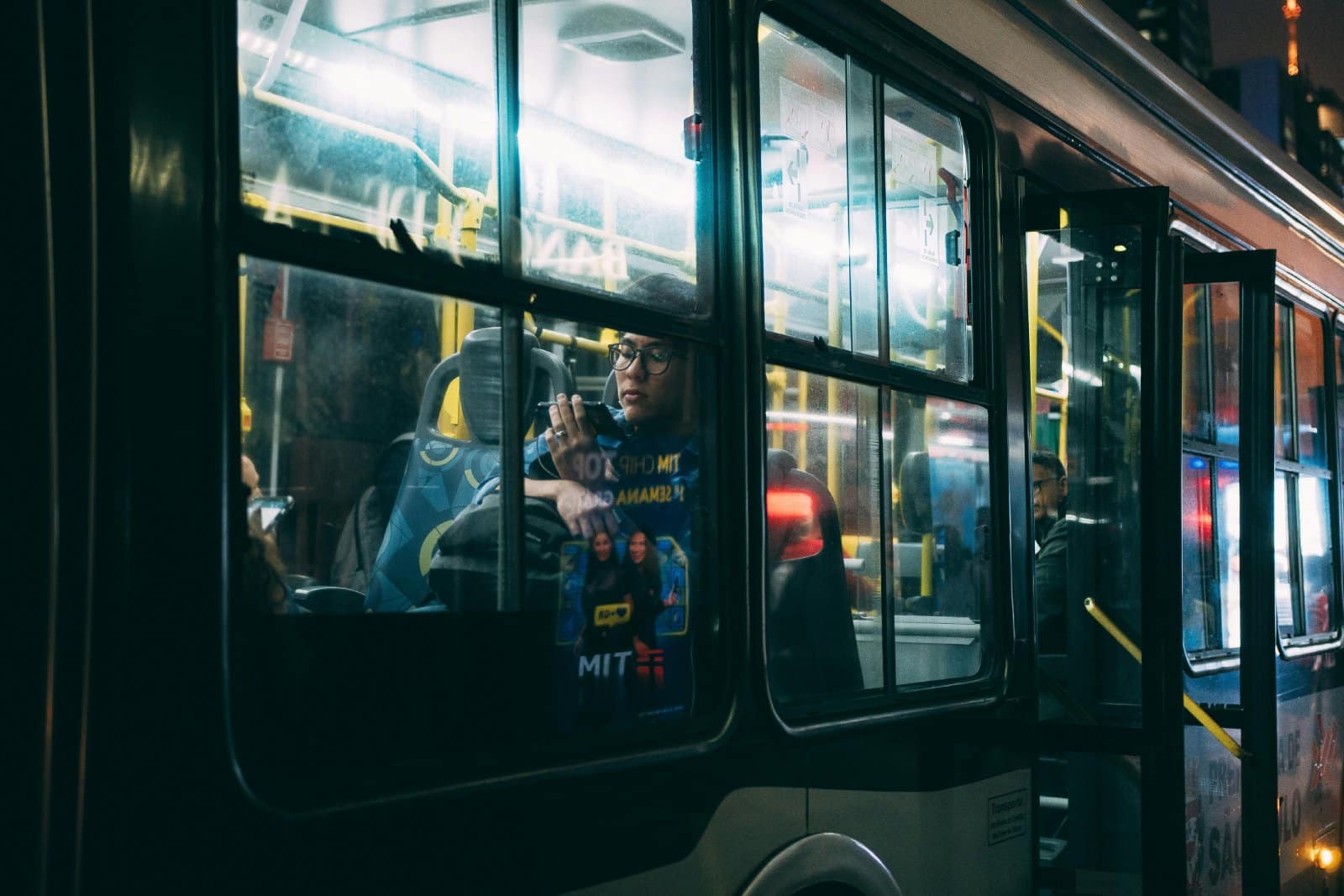
The future of NYC’s congestion pricing plan remains uncertain, but the debate highlights the city’s ongoing efforts to address traffic, environmental, and transportation concerns. The conversation about how to best manage the busy streets remains.
Remote No More: 19 Companies Returning to the Office

As the pandemic wanes, companies are recalling remote workers back to the office, sparking debates on fairness, costs, and convenience. However, there are also notable productivity, coworking, and mental health benefits to consider. Feeling the effects of these changes? Remote No More: 19 Companies Returning to the Office
8 Costco Must Buys and 8 to Leave Behind

Ever wandered Costco’s aisles, questioning if that giant jar of pickles is a real bargain? Or debated buying tires where you get your rotisserie chicken? Welcome to the definitive guide to Costco shopping—a journey to save money, prevent regrets, and offer quirky insights into bulk buying. 8 Costco Must Buys and 8 to Leave Behind
23 Reasons Texas Is the Next Big Thing
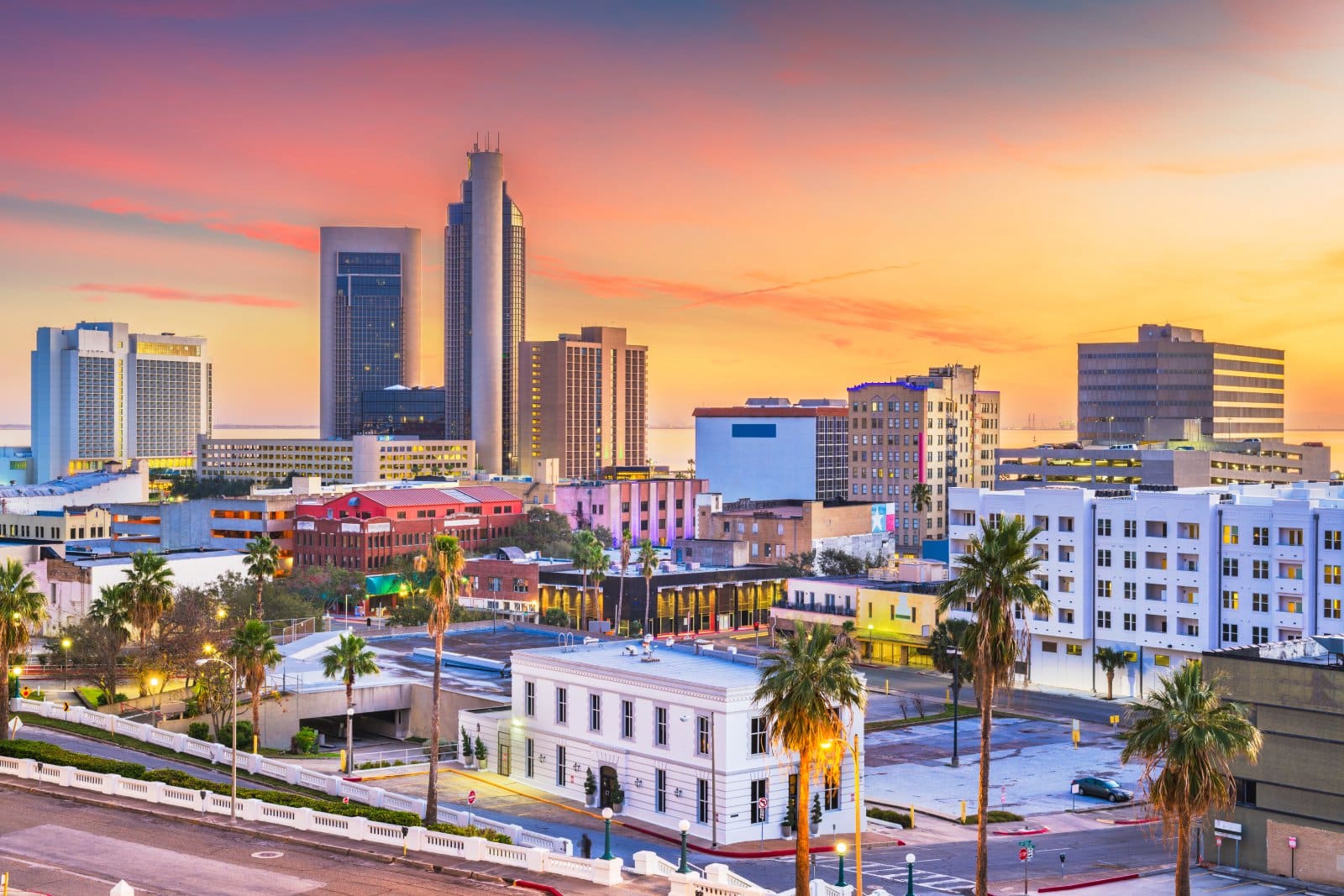
Texas is becoming a beacon of opportunity, blending cultural heritage with economic growth. From its landscapes to its industries, the Lone Star State offers a dynamic lifestyle. Here are 23 reasons why Texas stands out, attracting entrepreneurs, artists, tech professionals, and families seeking new beginnings. 23 Reasons Texas Is the Next Big Thing
15 Top Sites to Sell Your Unwanted Goods Besides Craigslist

Selling your unwanted items can declutter your space and boost your income. While Craigslist is popular, there are many alternatives with unique features and wider audiences. Explore these 15 Craigslist alternatives for selling everything from furniture to electronics, finding the perfect platform to turn clutter into cash. 15 Top Sites to Sell Your Unwanted Goods Besides Craigslist
Work from Anywhere: 19 Companies Still Supporting Remote Work

Tired of commuting and craving work flexibility? You’re not alone. Many companies now offer remote work, benefiting both employees and employers. Ever wondered how this shift could enhance your work-life balance? Work from Anywhere: 19 Companies Still Supporting Remote Work
The post – NYC Governor Pauses Congestion Pricing Plan – first appeared on Career Step Up.
Featured Image Credit: Shutterstock / Jonathan G.
The content of this article is for informational purposes only and does not constitute or replace professional financial advice.

